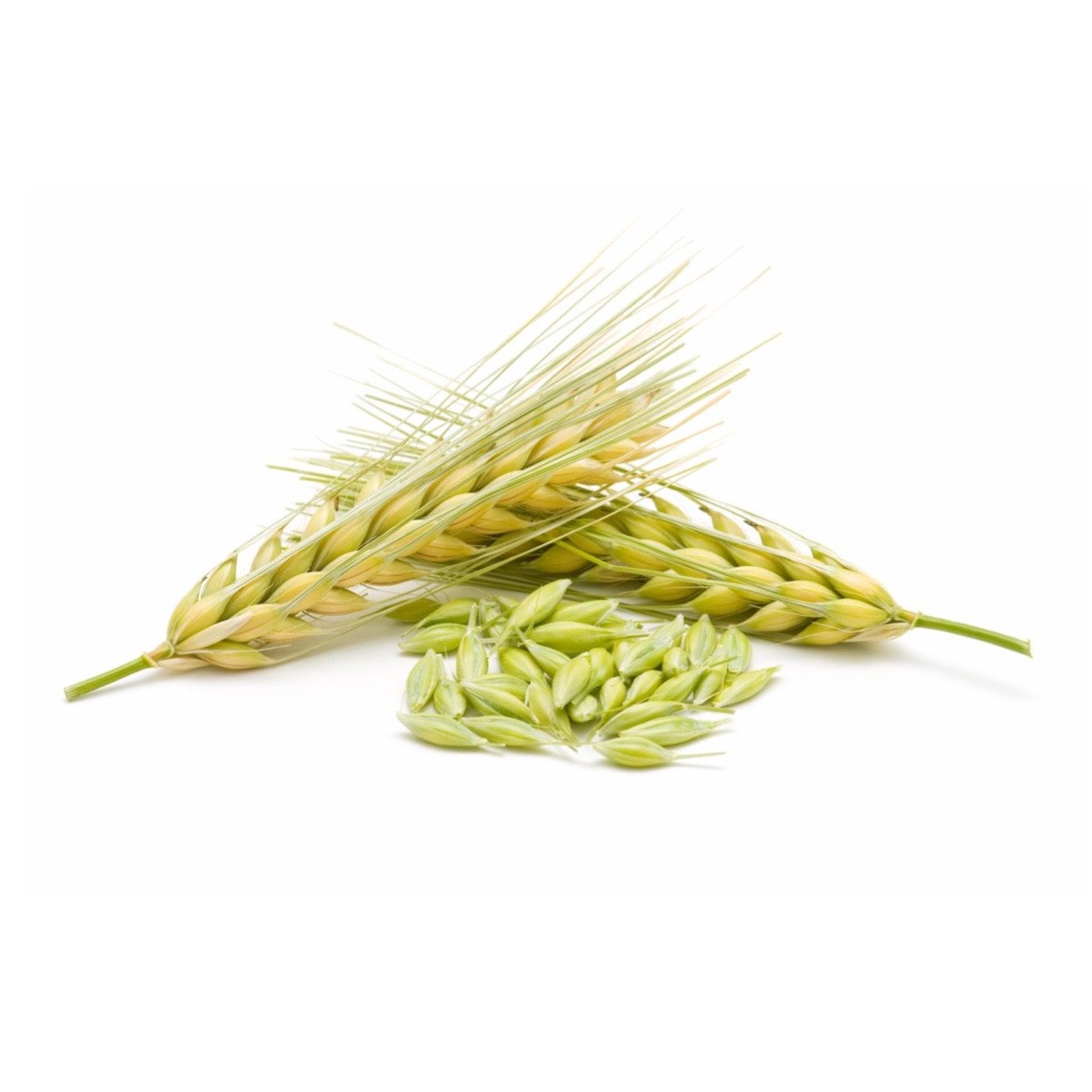Barley

Barley
Hordeum vulgare
Plant family
Grass family (Poaceae)
Season Overview
Sowing
Harvest
J
F
M
A
M
J
J
A
S
O
N
D
Details
Light requirement
Sunny
Water requirement
Dry
Soil
Medium (loamy)
Nutrient requirement
Medium
Plant distance
4 cm
Row spacing
10 cm
Seeding depth
3 cm
Instructions
Description
Barley belongs to the family of grasses (Poaceae). It grows up to 1.2 m/1.3 yd high. It forms spikes that have long awns. Two-rowed and multi-rowed spike forms can be found. Spring barley is generally two-rowed, winter barley four-rowed. Less winter hardy than wheat or rye. Winter barley is higher yielding than spring barley and is sown in September. Spring barley in spring. Barley is self-pollinated and is often used for livestock feed. Spring barley is most often used for brewing beer. Barley usually enters the supermarket as food in the form of semolina, pearl barley, or malt coffee. Barley contains little gluten.
Origin:
Middle East & Eastern Balkans
Growing tips
Once the ears are yellow and fully ripe, they show inclined or drooping. Barley is cut for harvesting, bundled and then dried. Turn over every few days. Released plant substances can be irritating to the skin, so it is best to wear long clothing or other protection. Winter barley is sown by the end of September, and spring barley from mid-March to mid-April. Soil should be loose, weed-free and dry for sowing. Approximately 300-330 grains per m²/360–395 grains/yd². Barley does not tolerate waterlogging and tends to like dry conditions. After sowing, the field should be harrowed. Suitable previous crops: Winter wheat without late nitrogen fertilization, sunflowers, silage corn, sugar beets, potatoes and field grass. Unsuitable previous crops: clover, clover grass, alfalfa, peas, vetches, field beans and grain maize. Suitable subsequent crops: legumes, canola, root crops, corn and rye. (From Agrarheute.com).
Companion Plants
Antagonistic Plants
Diseases
Root Rot
Fusarium
Powdery mildews
Pests
Aphids